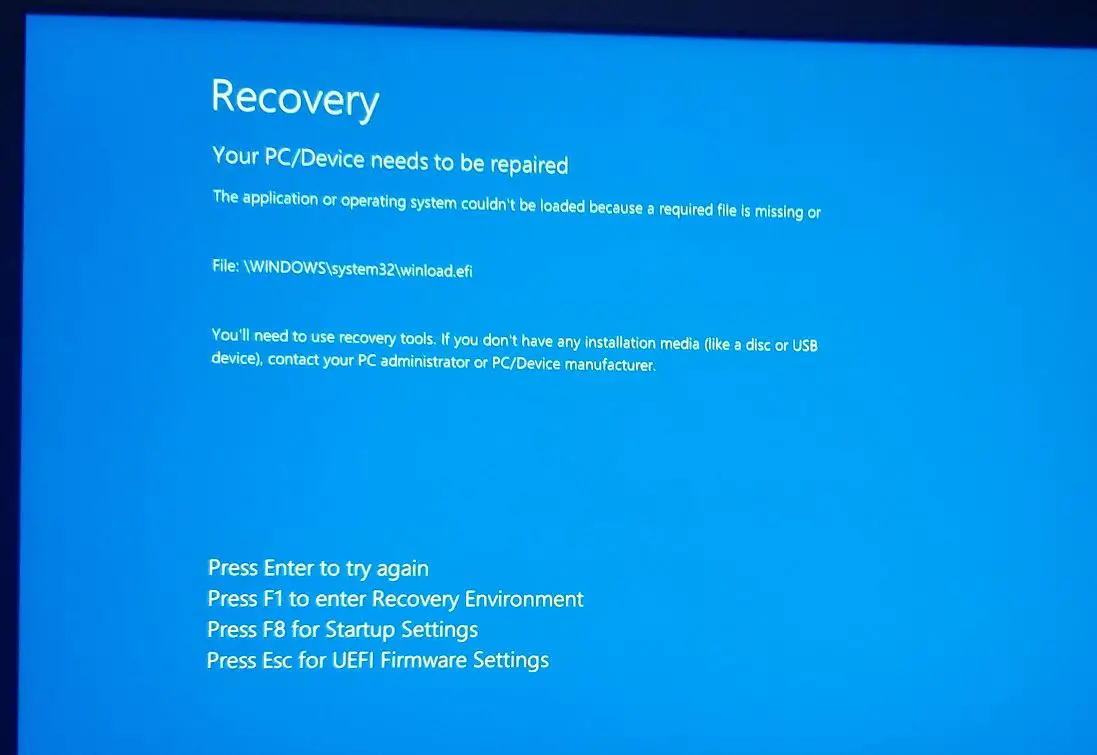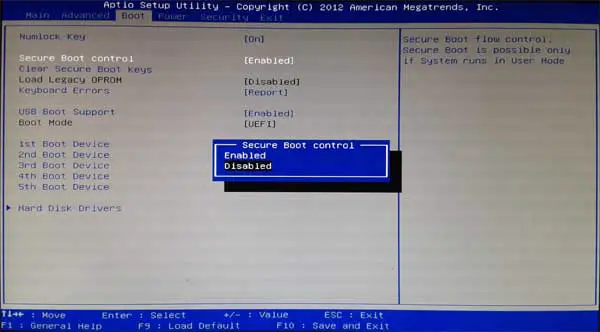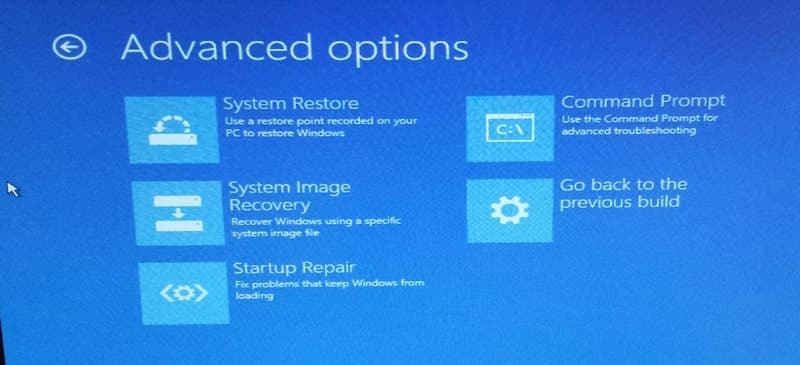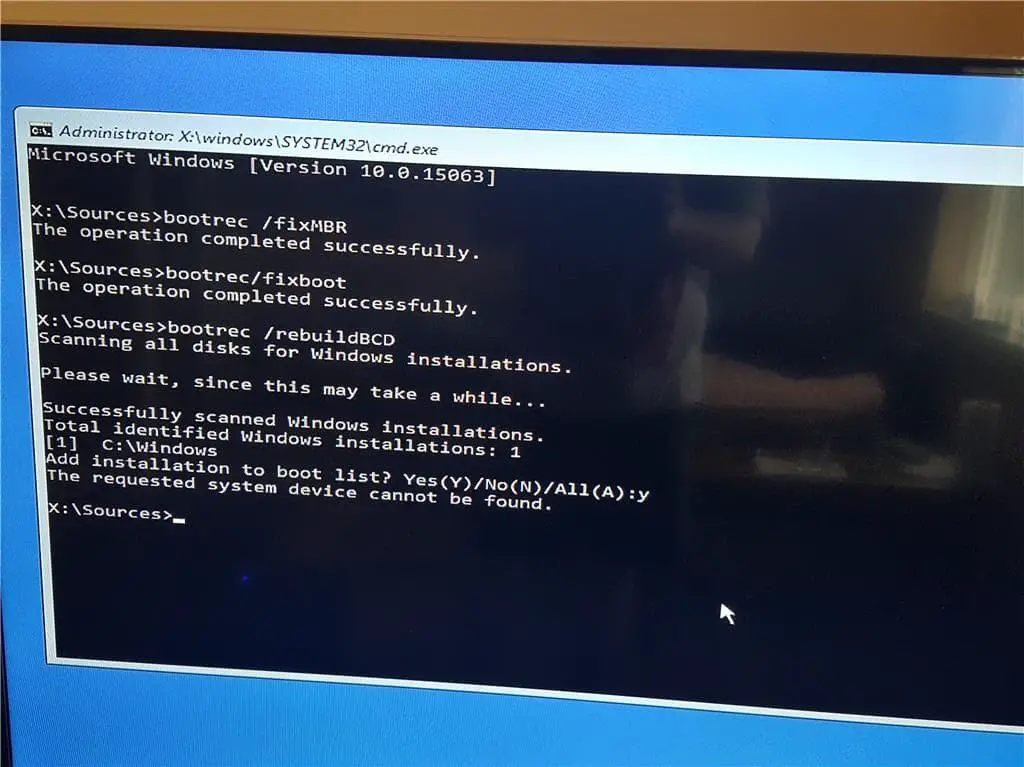Sometimes you may come to a situation, “Windows 10 fails to boot” with a blue screen error code of which is 0x0000c225 or 0xc0000001, aka winload.efi is missing or corrupt. This error usually indicates something is wrong with the boot process itself. Such as corrupt boot records, incorrect boot configuration, system files or Master boot record gets corrupted, which mostly caused due to incorrect system update. Again sometimes Problem with the disk drive or disk is repartitioned using third-party tools, Changing hardware device etc that results blue screen.
Recovery, Your PC needs to be repaired
The application or operating system couldn’t be loaded because a required file is missing or contains errors.
File: \Windows\system32\winload.efi
Error code: 0x0000c225
You’ll need to use the recovery tools on your installation media. If you don’t have any installation media (like a disc or USB device), contact your system administrator or PC manufacturer.
Press Enter to try again
Press F8 for Startup Settings
Press ESC for UEFI Firmware Settings
What is Winload.efi?
Winload.efi is a type of EFI (Extensible Firmware Interface) file associated with Microsoft Windows developed by Microsoft Corporation for the Windows Operating System. These files are executable files for the firmware of the computers that are based mainly on UEFI and execute the tasks of loading the files to the bootloader of the computer.
And the Copies of winload.exe can be found in subfolders of C:\Windows, like Boot and WinSxS, and maybe others. Under UEFI-based systems, winload.exe is called winload.efi, and can be found in the same C:\Windows\System32 folder.
How To Fix winload.efi is Missing or Corrupt
If you are also struggling from this problem “windows\system32\winload.efi is missing or corrupt Error code: 0xc0000225 or 0xc0000001” Here we have collected different solutions that help to start Windows 10 PC normally.
- First of all, we recommend disconnect all external devices, printer, scanner, external USB HDD etc and restart PC that fixes if any driver conflict causing the issue.
- Restart Windows and press Del key continuously to access BIOS setup. Here check and make sure you have Set the Correct Boot Order Or change first Boot from HDD.
Disable Secure Boot
Most of the users recommend on Microsoft forum, Disabling Secure Boot option helpt them to fix the problem. So find the Secure Boot option in BIOS or UEFI, and then Disabled it.
Note: This option is usually in either the Security tab, the Boot tab, or the Authentication tab.
Perform Startup Repair
As windows won’t start normally, Press F8 on same error screen to Access startup settings. Or
- Restart windows and boot system from installation media
- Skip the first screen and click repair computer
- Go to Troubleshoot -> Advanced options ->Startup repair
- This will restart windows and start diagnosing process.
- Startup repair analyzes various settings, configuration options, and system files as it looks for corrupt files or botched configuration settings and try to fix them for you.
- When finish system automatically restart, and windows start normally
Note: In case you don’t arrange Windows installation disk, then forcefully restart the computer three times by pressing the Power button. Windows Automatically start the Startup repair process.
Rebuild the Master Boot Record
If startup repair fails to fix the problem, then follow steps below to repair the corrupted master boot record that may cause windows fails to boot.
- Access Advanced boot options, using Windows Installation media.
- This time click on the command prompt and run the following commands one after another:
bootrec /FixMbr– writes the MBR to the system partition;bootrec /FixBoot– overwrite a new boot sector on the system partition;bootrec /ScanOs– scans the disk for the installed OSs;bootrec /RebuildBcd– rebuild bootloader configuration.
- Close the command prompt with the command:
exit - Restart your computer.
If the previous method did not help, you must rebuild the boot configuration file (BCD) for the MBR in the Recovery Console command prompt:
bcdedit /set {bootmgr} device boot
bcdedit /set {default} device boot
bcdedit /set {default} osdevice boot
bcdedit /set {default} device partition=c:
bcdedit /set {default} osdevice partition=c:
bcdedit /set {default} path \windows\system32\winload.efi
Restart the computer and check if the problem is fixed.
Repair Corrupted system files and check disk errors
If above repair Rebuild the Master Boot Record didn’t fix the problem, Still windows fail to boot, there is chance corrupted, missing system files causing the issue. Let’s run the SFC Utility that scan and restore missing system files from a compressed folder located %WinDir%\System32\dllcache. To do this
- Again access command prompt from Advanced options
- And type command “sfc /scannow“
- let SFC utility scan and restore missing system files.
- Wait until 100% complete the scanning process
- After that type chkdsk C: /f /r /x and enter key to check disk drive errors.
- Press Y if ask for schedule perform disk checking on next start and restart windows.
Disable Early Launch Anti-Malware Protection
A number of users suggest on Microsoft forum, “Disable Early Launch Anti-Malware Protection” help them to start windows normally. You can try this by following steps
- Access Advanced options
- Click on Startup Settings and click on the Restart button in the bottom
- Once the system reboot, press F8 to select “Disable early launch anti-malware protection
- Check this time windows started normally.
Did this help to fix Windows 10 Boot error 0x0000c225 “winload.efi missing or corrupt error” ? Let us know on comments below, Also read



